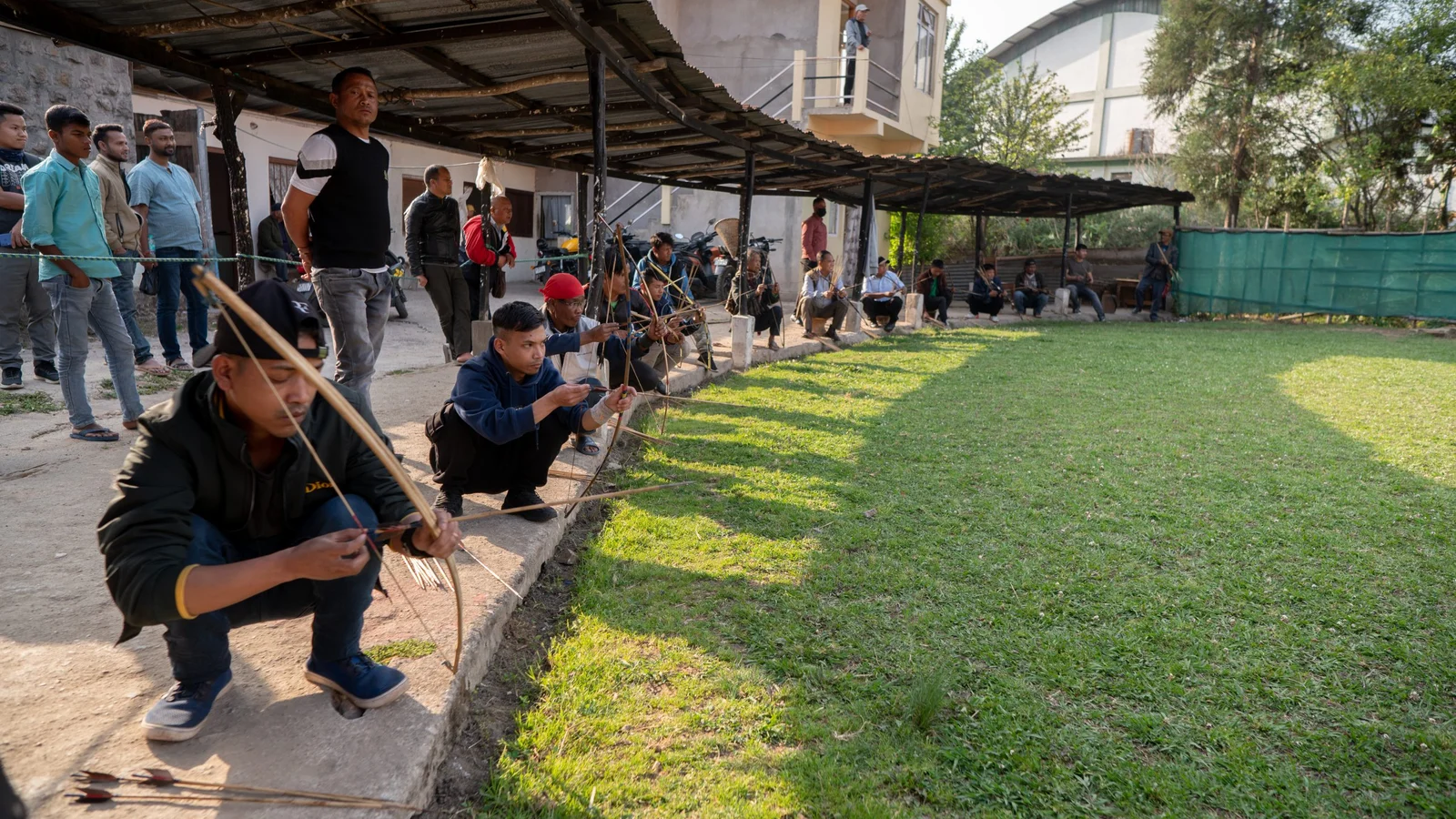In the lush, rolling hills of Meghalaya, as the sun dips behind the peaks, a captivating tradition
unfolds—Teer, an exhilarating blend of ancient archery and pure chance. Born from tribal
customs, Teer has blossomed Shillong Teer Result into a beloved daily ritual for locals. It's not
just a game; it's a reflection of history, culture, and community, all wrapped in one exciting
package.
What Is Teer?
"Teer," which means "arrow" in Hindi, is a unique game that combines archery and betting.
Officially regulated by the Meghalaya government, it is mostly played in Shillong and nearby
areas. At its essence, Teer is about predicting which number between
While the game may seem straightforward, Teer Results its appeal lies in the suspense and thrill
of every shot. The mix of archery skill and the unpredictability of chance creates a compelling
experience for participants.
How Teer Works
Teer runs in two rounds every day. Players place their bets before noon, selecting a number
between 0 and 99 based on dreams, numerology, or simply intuition. A single bet can cost as
little as ₹1, with payouts that range from ₹80 to ₹90 in the first round and even more in the
second round. Many players bet on both rounds, increasing their chances of winning.
The Archery Event
The heart of Teer is the archery contest itself. In the first round, 50 archers each shoot 30 arrows,
and in the second, they shoot 20. After the arrows are counted, the total number of arrows hitting
the target determines the winning number—the last two digits of the total. For example, if 768
arrows hit the target, the winning number will be 68.
Results are typically announced in the afternoon, at 3:30 PM for the first round and 4:30 PM for
the second. Players can check the results on public notice boards or online platforms.
The Cultural Significance of Teer
Teer is more than just a game of luck; it's a vital cultural tradition for the people of Meghalaya.
Archery has long been a skill celebrated by the Khasi and Jaintia tribes, evolving from a tool for
hunting to a cultural sport, and ultimately to a betting game that unites the community. For many
locals, Teer represents more than financial gain—it’s a daily connection to their traditions, a
shared community activity that brings people together.
Dreams, Numerology, and Superstition
One of Teer’s most intriguing aspects is its deep connection to superstition. Many players
believe that their dreams hold clues to the winning number. Whether it’s an animal, a place, or a
person that appears in a dream, it’s often linked to specific numbers in local folklore.
For instance, dreaming of a snake might lead to betting on the number 17, while a wedding
dream could suggest the number 06. This combination of superstition, numerology, and intuition
adds a layer of mysticism, making the game feel spiritual and much more than a mere gamble.
Teer in the Digital Age
As the world moves online, so has Teer. While the actual betting process remains mostly offline,
players now have access to results, predictions, and discussions through websites and mobile
apps. Online communities, social media platforms, and WhatsApp groups are bustling with tips,
theories, and player stories, making Teer accessible to a wider audience.
Legal and Ethical Considerations
Teer stands out as one of the few legal betting games in India, regulated under the Meghalaya
Amusement and Betting Tax Act. While this ensures the game operates within a structured and
transparent framework, concerns about gambling addiction and financial strain persist, especially
for lower-income players.
To address these concerns, the government has implemented measures to regulate the game,
prevent underage participation, and promote responsible gambling. However, as with any form
of betting, players are encouraged to be aware of the odds and gamble responsibly.
Conclusion
Teer is not just a game—it’s an emblem of Meghalaya’s rich cultural heritage, blending ancient
archery traditions with the thrill of chance. It’s a daily ritual, a community activity, and, for
many, a spiritual experience. Whether it’s the deep ties to tribal customs or the thrill of
anticipating the next shot, Teer encapsulates the intersection of history, superstition, and
modernity. For the people of Meghalaya, it remains a living tradition—a captivating fusion of
skill, luck, and shared culture.
